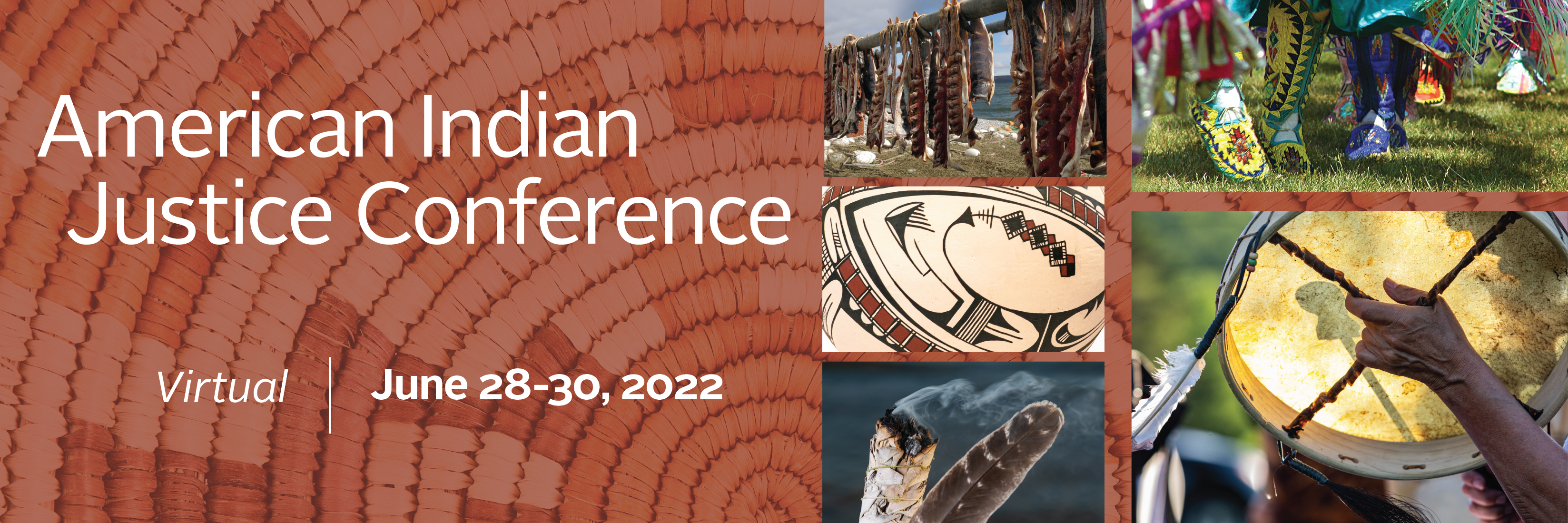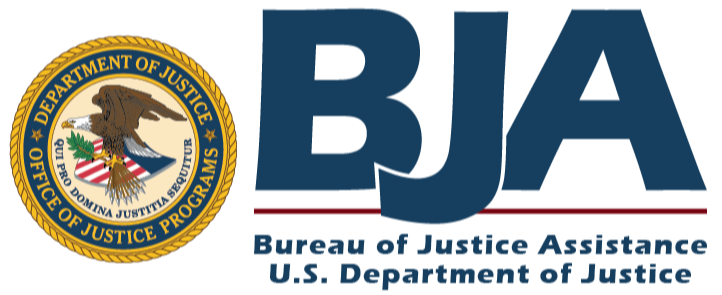Virtual
Approved by the U.S. Department of Justice.

Additional Tribal Course Topics
Tribal Courses & Certificates
Training and Technical Assistance NTJC in the NewsHon. Ramona Tsosie winner of V. Robert Payant Award for Faculty Award
Chief Judge Abby Abinanti: Judicial Heroes & Legends
2022 American Indian Justice ConferenceAmerican Indian Justice Conference 2022
Register
Day One – June 28
Day Two – June 29
Day Three – June 30
Contact
2023 American Indian Justice Conference OverviewAbout the NTJC
NTJC Staff
Tribal Criminal Proceedings Enhancement Program Donate to the NTJC Tribal ResourcesAmerican Indian Justice Conference 2022
Register
Day One - June 28
Day Two - June 29
Day Three - June 30
Contact
Approved by the U.S. Department of Justice.
The American Indian Justice Conference offers tribes across the nation an opportunity to learn strategies to enhance tribal justice systems while providing essential information on topics such as court planning and development, diversionary court programs, traditional dispute resolution, justice system responses to alcohol and substance abuse, and emerging issues that are relevant to tribal justice system development.
Tentative Training Schedule:
June 28, 2022 | 11 am – 3:30 pm CST
June 29, 2022 | 11 am – 3:45 pm CST
June 30, 2022 | 11:30 am – 1:30pm CST
Registrants will receive an email with the final agenda prior to the conference.
Who should attend?
This event was planned in collaboration with the Bureau of Justice Assistance Tribal Training and Technical Assistance provider team.
Legislative Update: An Overview of the Violence Against Women Reauthorization Act of 2022 (VAWA) Special Tribal Criminal Jurisdiction
Intergovernmental Collaborations to Support Community Safety
Cultural Programming to Support Justice System Responses


This project was supported by Grant No. 2019-MU-MU-K001 awarded by the Bureau of Justice Assistance. The Bureau of Justice Assistance is a component of the Department of Justice’s office of Justice Programs, which also includes the Bureau of Justice Statistics, the National Institute of Justice, the Office of Juvenile Justice and Delinquency Prevention, the Office for Victims of Crime, and the Office of Sex Offender Sentencing, Monitoring, Apprehending, Registering, and Tracking. Points of view or opinions in this document are those of the author and do not necessarily represent the official position or policies of the U.S. Department of Justice.